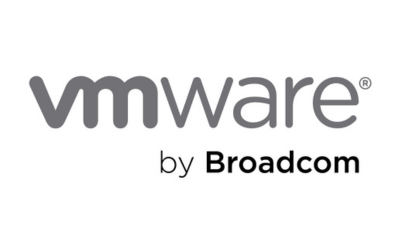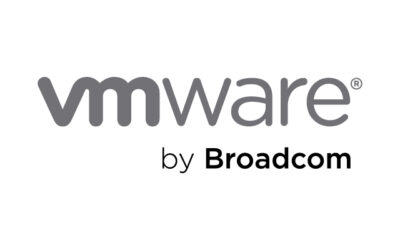Legacy environments, ageing hardware and heavily integrate systems are creating a drive for more government departments and public sector bodies to transition to a Cloud-based future to leverage flexibly, cost control and innovation. We highlight five key lessons for success that have emerged from some of our recent projects for Cloud-bound clients.
Supplier Relationship
While the commodity-based catalogue nature of G-Cloud may have streamlined procurement, it still leaves work to do for both parties in establishing the close, coherent working relationship that underpins any successful project. Ensure that those early days of engagement afford both sides an opportunity to assess character, calibre and chemistry of the respective teams and build the trust, openness and dialogue that will be pivotal to keeping things on track.
Assurance
This is not just about a supplier having the requisite security accreditations and clearances, it’s about how both parties conduct the project: there needs to be full auditable governance throughout. Consider not just making the data secure but the process itself, separating the environment and using a standalone, dedicated team.
Discovery
Given that a) migrations are often complex or large or both, b) that it is unlikely that anything of this scale has been undertaken before, and c) legacy systems often suffer from very poor documentation, it really pays to take time over the discovery and planning phase. Clients who have invested at the front end have never regretted that extra effort taken, invariably citing it as a critical success factor post go-live, despite the initial eagerness to ‘get on’ at the outset. That means meticulous consideration of both the structural and technical aspects; a deep-dive analysis of the ageing hardware, operating systems, software and configurations; expert mapping of the optimum migration strategy; the factoring in of the physical moving and logical transitioning of the estate, and comprehensive contingency and scenario planning.
Planning
While a project must start with a detailed plan and clear timescales, changes, either desirable or made necessary, are almost inevitable with projects of any real size and scope. Ensure that the collective team has the attitude and capabilities to respond effectively in this instance. If going for a staged migration, be sure to build in enough time to resolve any issues. If opting for the ‘big bang’, insist on a comprehensive and exhaustive “dress rehearsal” with again time allowed for remediation work where necessary. Where changes cause a critical divergence of opinion and impact directly on the original project plan, prioritise finding an acceptable way forward for both parties – know how far to flex without failing the project.
Business Continuity
Many projects do not have the luxury of being self-contained, discrete developments, progressed independently of live systems. They need to safeguard normal live running for users right up to the cut-over point, which puts the onus on a robust solution for keeping data fully synchronised throughout the lifecycle of the project. For users, it should be business as usual up to close of play Friday and same again come Monday morning.



